Chris Grinter tarafından, 19 Nisan'da, 2011
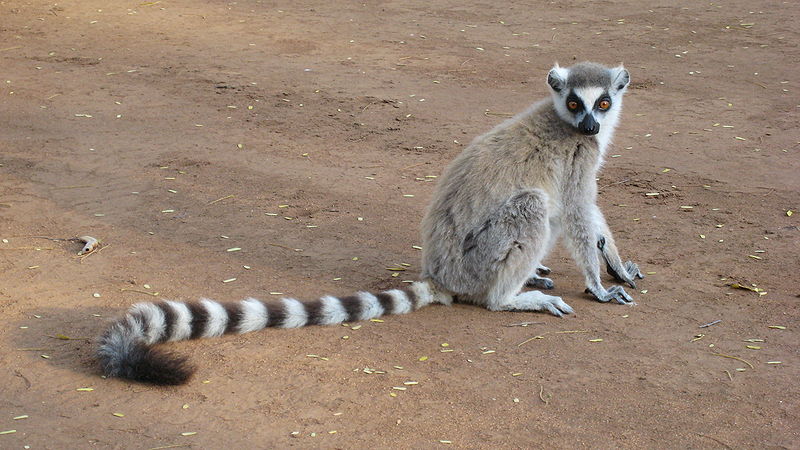 Kaynak: Vikipedi Richard Branson'ın yeni bir fikri olduğu ortaya çıktı.; halka kuyruklu maki kurtarmak için (lemur kedisi) ile onları özel İngiliz Virgin Adasına ithal etmek. Makalenin belirttiği gibi, Branson, adayı dönüştürmek için milyonlarca sterlin ve yıllarca çaba harcadı. “dünyanın en çevre dostu adası”. Ama görünüşe göre Bay Branson, koruma biliminden vazgeçmeye ve onu daha halkla ilişkiler dostu bir şekilde yeniden yazmaya karar verdi.. Kendi ekolojik değerlendirmesinin uyarılarına rağmen lemurlar geliyor çünkü o istiyor “…ikinci bir ada habitatı yaratmak ve Moskito'daki koşullar mükemmel.” Belki de Branson'ın mükemmel kelimesinin tanımının olduğu tuhaf bir dünya sözlüğü vardır. “orijinalinden tamamen farklı bir şey”.
tabii olur, ilk başta fikir iyi bir fikir gibi geliyor – lemurlar tehlikede, neden onlara ikinci bir vahşi sığınak vermeye çalışmıyorsunuz?? Iyi, Koruma Ajansı'ndan Dr James Lazell, 31 Virgin Adaları'nda yılların deneyimine ve buna işaret etti “Lemurlar çeviktir, hünerli, agresif, bu basit ada ekolojileri üzerinde zararlı bir etkiye sahip olabilecek her yerde yaşayan hayvanlar. Kesinlikle her şeyi yerler – kertenkeleler, meyve, kökler, haşarat, kuşlar’ yumurtalar.” Aman merak etme, bir adaya primatları tanıttığınızda kötü bir şey olamaz (tanıtılan primatlar Florida Key'i mahvetti). Branson, lemurların sadece “garip gekoyu al” (Nadir endemik cüce-geko gibi Sphaerodactylus parthenopion), muhtemelen diğer adalara yayılmayacaklarından bahsetmiyorum bile. “yüzmekten nefret etmek” (halka kuyruklu lemur yüzme).
Öyleyse neden halka kuyruklu? En çok tehlikede olduğu için değil (var çok diğerlerinden daha fazla tehlike altındaki lemurlar), ama en ikonik olduğu için. Bu saçma fikir hakkında beni gerçekten duvara çeken şey bu.. Muhtemelen istilacı bir türü saf bir şekilde hassas bir ada habitatına sokmakla kalmıyor. – ama yanlış bir koruma mesajı yaydığı için. Yavaş bir çocuk gibi Branson, korumanın arkasındaki fikri tamamen kaçırırken onu kurtarmak için halka kuyruklu koşuya koştu.. Halka kuyruklu bir amiral gemisi türüdür, Madagaskar'da meydana gelen yıkıma dikkat çeken. Anavatanının şaşırtıcı derecede benzersiz ve çeşitli yaşam alanlarını temsil eden sevimli, sevimli bir hayvan. Ama Richard Branson'ın bu konuda söyleyecek bir şeyi yoksa. Herkesin sevdiği bir primat için yeni bir yuva yaratmak varken neden Madagaskar'ı koruyasınız ki?? Phew, Kriz önlendi. Madagaskar yanarken Richard keman çalıyor.
Bu garip ada hayvanat bahçesinin sadece koruma maskesi taktığından şüpheleniyorum ve arkasındaki gerçek teşvik ticari.. Önümüzdeki birkaç yıl içinde bir avuç “lüks, adada inşa edilen karbon nötr evler”. Her biri şüphesiz on milyonlarca dolara mal olacak evlerin satın alınmasını teşvik etmek için oldukça parlak bir plan – ve bunu yaparken dünyayı koruma konusunda iyiymiş gibi davranabilirsin. Ne de olsa Virgin Adaları karizmatik bir vahşi yaşamdan yoksundur.; doğa kesinlikle bir milyarderler harikalar diyarı yaratmak için korkunç bir iş çıkarıyor. adanın yanına ne gelir?
Belki… sadece belki… Branson'ın Dr.. Moreau ilk hareket ediyor.
Chris Grinter tarafından, 18 Nisan tarihinde, 2011 A few weeks ago I was invited to join a Berkeley entomology class out in the field for the weekend. Our destination was the Blue Oak Ranch Rezervi; one of the newest reserves to the University of California system located just outside of San Jose on Mount Hamilton (map below). It was a joint spider and beetle class trip, hosted by Charles Griswold ve Dave Kavanaugh respectively. And despite a frost on Saturday night we managed to find some interesting insects. You’ve already seen my images of the Scaphinotus (Carabidae), but here is a larger set of images from both myself and colleague and fellow blogger Tamas Szuts.
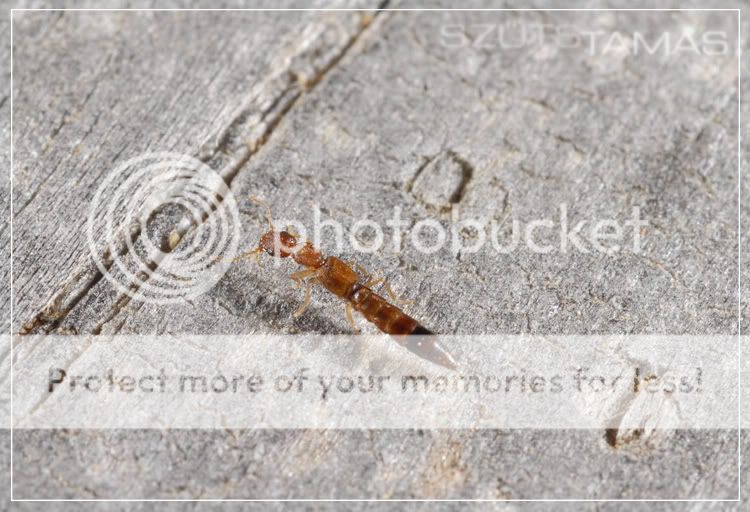 Staphylinidae: Aleocharinae? 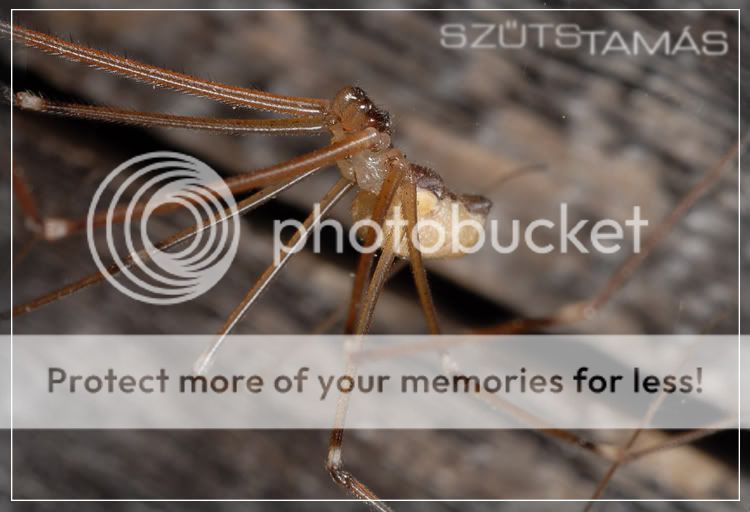 Pholcidae : likely Pholcus sp. 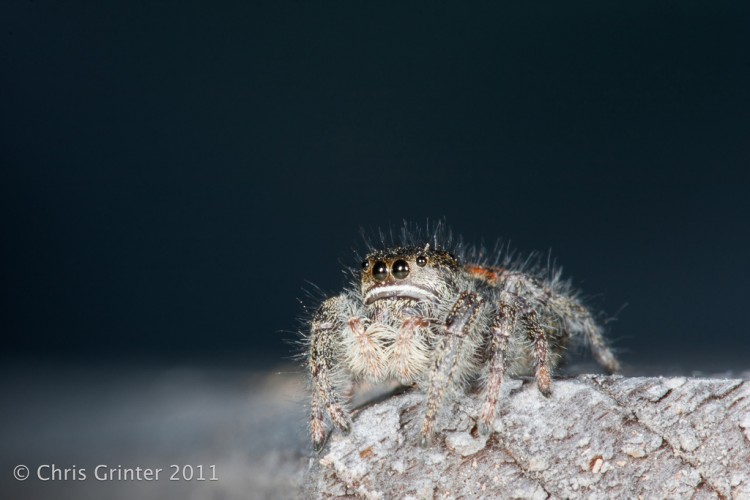 Salticidae: Phidippus sp. Continue reading Blue Oak Ranch Reserve
Chris Grinter tarafından, 6 Nisan, 2011 Tamam – a few apologies for not having full images *yet* of the larvae in question (I will in a few days!). Over the weekend I was out with a group of Berkeley students on Mount Hamilton and PhD candidate Meghan Culpepper collected a few species of Scaphinotus and a some larvae! So the specimen from Monday was indeed the larvae of a Scaphinotus beetle feasting inside the shell of a native terrestrial snail. This challenge was a hard one since these predatory Scaphinotus larvae are rarely encountered and there are zero images of out there – and none of them feeding. Better luck next time!
For now, here is an undetermined Scaphinotus species. In the coming weeks I will have 4-5 species photographed and identified (by Meghan) – and the larvae will have to be sequenced for species ID. Bizi izlemeye devam edin.
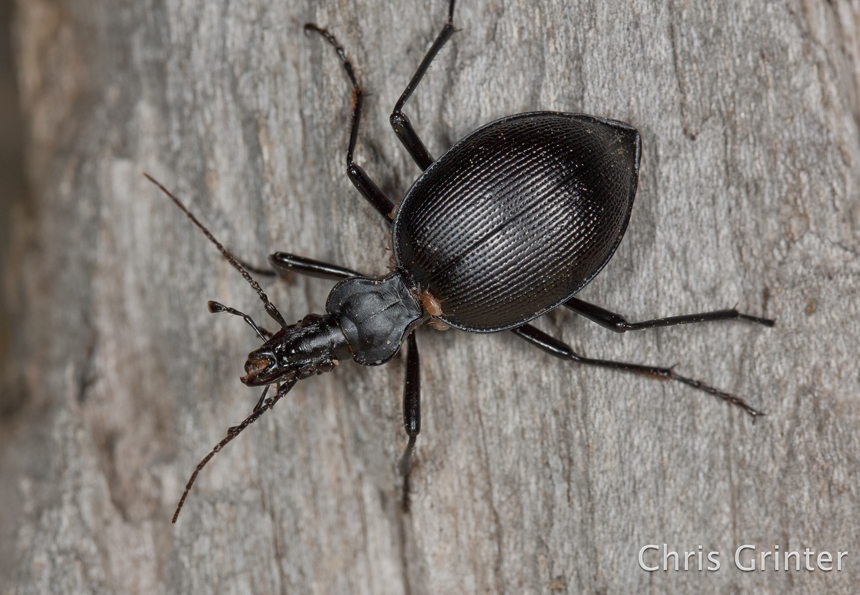
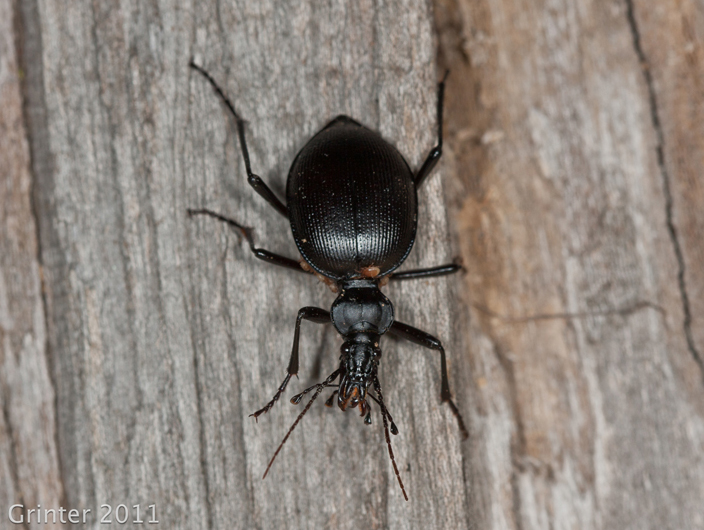
Chris Grinter tarafından, 4 Nisan'da, 2011 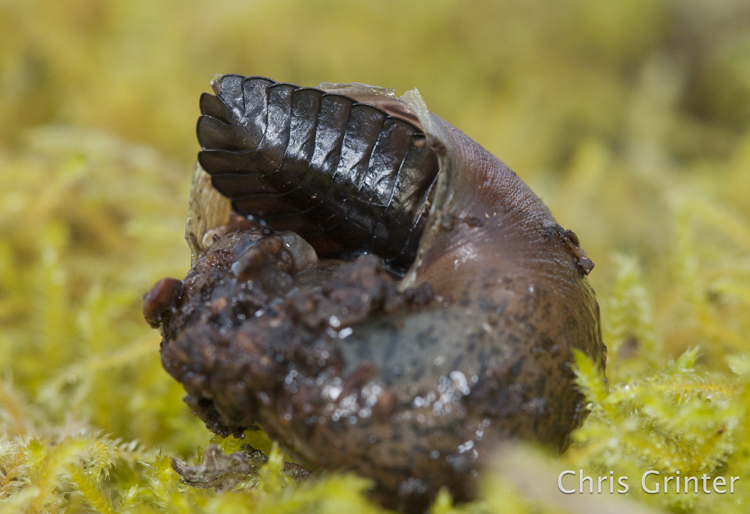
Ederken, diğer gün sahadayken bu adam geldi, Burada neler oluyor? Sipariş / Aile / Genus için puanla ödüllendirildi – ama bu grupta bile uzmanlar oldukça henüz türlerin çözemiyorum.
(everyone in the field with me should hold their comments until the guesses come in!)
Chris Grinter tarafından, 30 Mart'ta, 2011 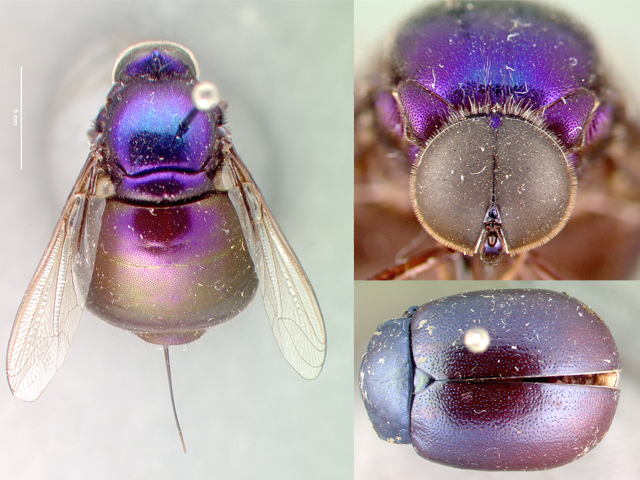 Cam klettii: Nisan Nobile fotoğrafları, DURUM Cam klettii: Nisan Nobile fotoğrafları, DURUM
Çoğunlukla sinekler bir böcek değil ben hakkında aşırı heyecanlı olsun. Ancak, esrarengiz aile Acroceridae istisna. Ben zaman zaman bazı ilginç cins paylaşımı başlayacağız – Ailenin morfolojisi inanılmaz çeşitlidir. Benim gün çoğu üzerinde bizim büyük toplama ve inventorying müzede harcanmaktadır 16,000 Akorseridler (aka küçük başlı sinekler). Yani diğer daha bol ailelere karşılaştırdığımız zaman çok etkileyici tüm ses olmayabilir (ve over kıyasla soluk yok 17,500,000 diğer Biz müze var örneklerinin); ama birçok temsil çıkıyor, hepsi olmasa bile çoğu, arasında tüm Tüm aile için bilinen örnekler. Diğer kurumların bu sineklerin muhtemel büyük toplulukları varken, Kaliforniya Bilimler Akademisi kolayca hiç Dr koleksiyonu aldıktan beri rekor talep edebilirsiniz. Evert I. Rotadan çıkmak (kim bazen geliyor müze çalışmak için).
Çünkü doğada ne kadar nadir incelemek için oldukça zor bir grup haline Acrocerids, onların parazitoit biyoloji, ve onlar kanatta yakalamak ne kadar zor olabilir. Onların büyük göğüs hava yoluyla sinek roket kasları ile doludur – Eğer bir çiçek onları yakalamak yoksa öylesine bir Malaise tuzağı özlemi kalacaksın. Ev Kosta Rika kanat bu yakalamak için bana öğrenme bir hikaye anlatmak yaptı. Sen alanında bir meslektaşım rüzgar standı – en kısa sürede kimse bir şey zip geçmiş duyar gibi, Eğer çılgınca tesadüfen sinek kapan umuduyla salıncak… Bir süre sonra her çalışır. Bu sinekler de yetişkin örümcekler bilinen tek endoparazitler vardır (Bir Tachinid bir rekor olabilir…). Yukarıdaki cins, NeoCam, Theraphosid tarantulas bir parazittir (gibi bir şey afonopelma). Bir larva olarak sinek yol kadar bir örümcek bacakları çalışır ve daha sonra kitap akciğer yanındaki yerleşir karın bulaştığını ve biraz nefes deliği dürter. Sonra yakın vadeye kadar örümcek sabırla bekler. Kadın tarantulas ile, sinek yıllardır atıl olabilir. Sonunda film benzer bir şey Yabancılar olur ve larvalar daha sonra örümcek iç organlar üzerinde beslenir pupa için ortaya. Ama örümcek bir parazit olup olmadığını bulmaktan diseksiyon olmadan imkansız – bu nedenle canlı örümcekler büyük koleksiyonları ev sahibi kayıtlarını elde etmek için muhafaza edilmelidir. Parazitoit biyoloji sadece çok cool.
Yukarıdaki örnek (Cam klettii Yeni, adsız, tür) toplanmıştır 1977 Alamos kasabası yakınlarında Schlinger tarafından, Meksika – muhtemel mimik modeli ile çiçekler üzerinde, ve Chrysomelidae böceği (böceği insanlar, aile ötesinde herhangi bir fikir?).
Chris Grinter tarafından, 24 Mart tarihinde, 2011 Better be careful of what you do while out in the countryside. Farms can be dangerous places, especially if you’re a photographer. Proposed legislation in Florida, titled simply “farms”, is attempting to make photography or drawings in, on or arasında a farm without explicit written consent a first degree FELONY (kadar 30 years in prison). What could possibly be the justification for this legislation? Journalist Barry Doyle suggests the good Senator is tightly in the pockets of Agribusiness – looking out for those poor farmers who are targeted by animal rights groups or even worse – human rights groups! I tend to concur, this legislation is a disgusting piece of corruption. It gets pretty bad:
(2) A person who photographs, video records, or otherwise produces images or pictorial records, digital or otherwise, at or of a farm or other property where legitimate agriculture operations are being conducted without the written consent of the owner, or an authorized representative of the owner, commits a felony of the first degree…
I strongly encourage any of my Florida readers to write to Senator Norman and express your absolute disgust in his legislation.
14031 N. Dale Mabry Blvd.
Tampa, FL 33618
(813) 265-6260
Senate VOIP: 41200
I also encourage everyone else everywhere else to write to your US representative and exclaim your outrage over this possible violation of first amendment rights (only a proposed violation at this moment).
And just for good measure, here is a bad cellphone picture I took while in Oregon with lots of farms.
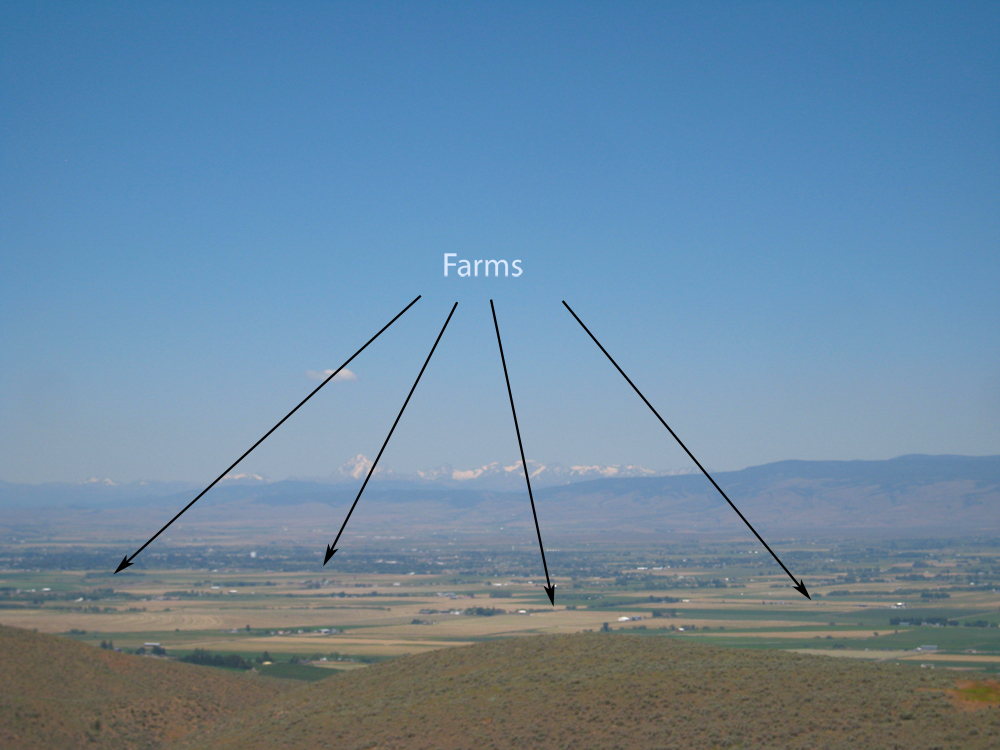
Chris Grinter tarafından, 22 Mart tarihinde, 2011 Usually I come across horrible entomology articles regularly enough that I save a backlog for future series. This hasn’t been the case over the last few weeks, I haven’t come across the normal array of terrible media crud. Maybe I just get jaded and stop looking as carefully – but this week I even came across a moth related correction from the Maui News. They fixed their error, but must have deleted the original article…
And for this week I found Bu makale with the image below. Should be pretty easy to spot the weirdness (they do at least manage to point out that the moth is değil the LBAM (light brown apple moth)).
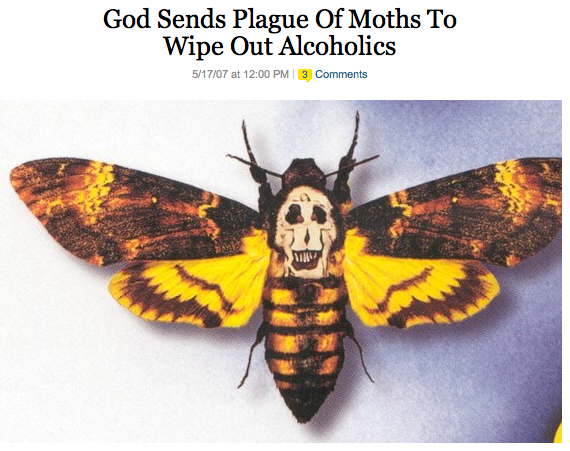
Chris Grinter tarafından, 18 Mart'ta, 2011 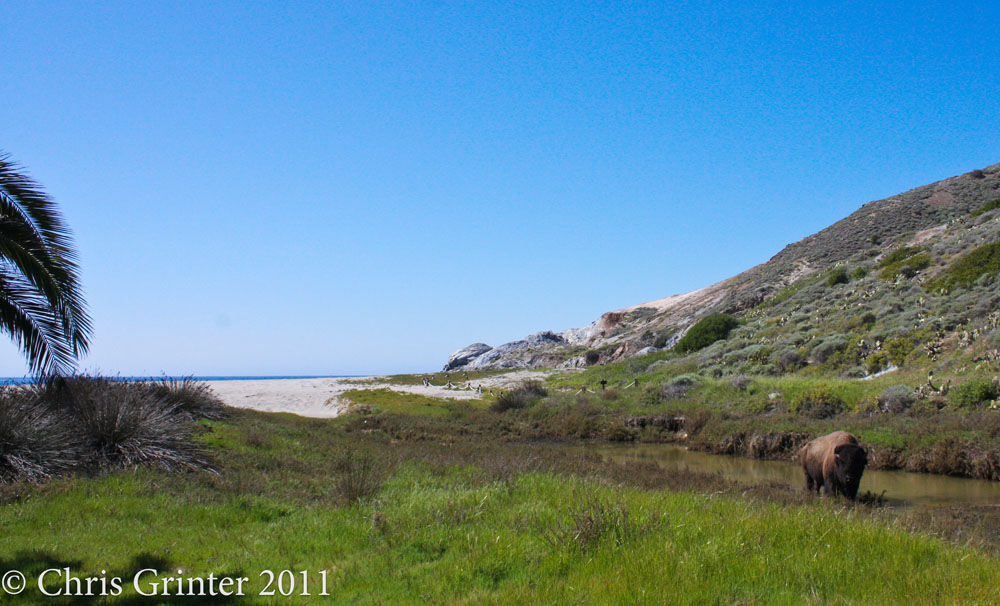
Perhaps the only place in the world where you can find an American bison (vs. buffalo) standing near a beach next to a palm tree. The week on Santa Catalina was an wonderful one, and despite a cool spring with a few unseasonable frosts, some decent collecting was done. Here are just a few amusing images and you’ll notice one thing right away: no fields of wildflowers! As it turns out, almost a century of goat, pig and bison grazing has left mostly grass and cactus on the island. At one point there were over 1000 bison and countless herds of goats; it’s a wonder anything survived at all! Bugün, there are thankfully only a modest ~200 bison left that are even on birth control (you guessed it, you can’t shoot the damn things since people “love” them – just like the stupid eucalyptus you can’t cut down). Içinde 1924 a small heard of bison were brought over to shoot the movie The Vanishing American. Doğal olarak, the project went over budget, the scene was cut and the animals were let loose instead of paying to return them home. 80 years later and you’re left with an island you can only fight to “conserve” and not restore. Sad fact is that we have no clue what the island actually used to be like. It’s even hypothesized that the endemic island fox (of which we saw 6!) was brought over by indigenous peoples a few thousand years ago from neighboring islands. I guess it’s in our nature to mess with our environment.
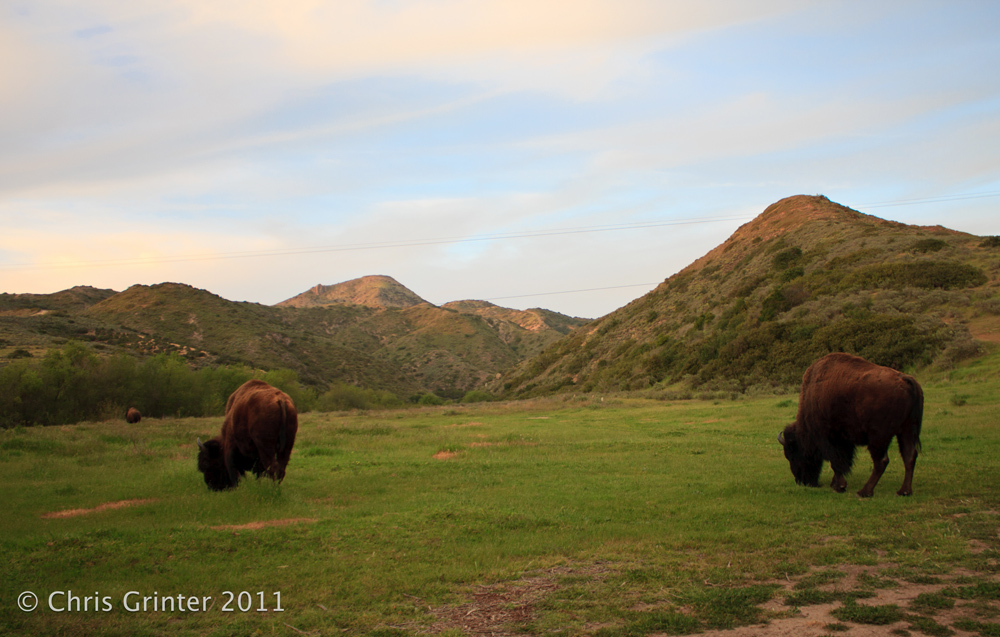
As I was photographing the above, this beast walked up behind me. It wasn’t running, I was!
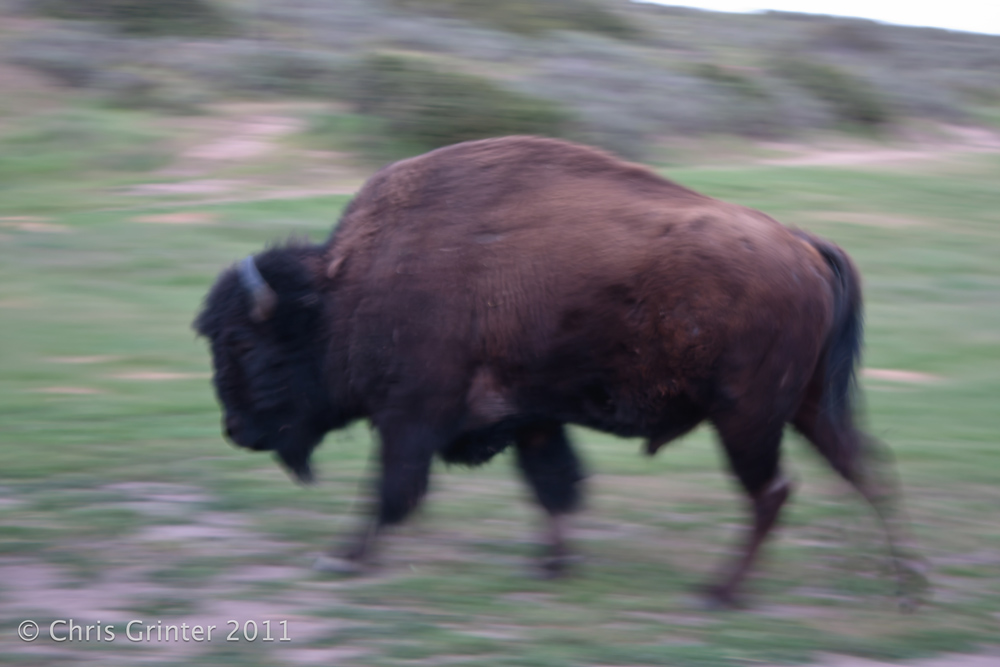
Chris Grinter tarafından, 8 Mart'ta, 2011 [cetsEmbedGmap src=http://maps.google.com/maps?ll=33.393039,-118.416824&spn=0.359452,0.715485&t=h&z=11 width=600 height=330 marginwidth=0 marginheight=0 frameborder=0 scrolling=auto]
Tomorrow morning I’m off for a 10 day collecting trip down to Catalina Island. I’ve been lucky enough to be invited to join Dr. Jerry Powell of UC Berkeley on a moth survey, and this will be my first time to any of the islands. The Channel Islands are known for their high levels of endemism, and none is more famous than the Channel Island Fox. There are also a handful of endemic butterflies and moths that I’ll be hoping to find, but at the very least I know it’s wildflower season and I’ve got my camera primed.
I will likely have little or no access to the internet while staying on the island, so hang tight for a week. Had I planned ahead I would have scheduled posts or a guest author! Please do stay tuned for some of my first images of the 2011 field season.
Chris Grinter tarafından, 3 Mart'ta, 2011 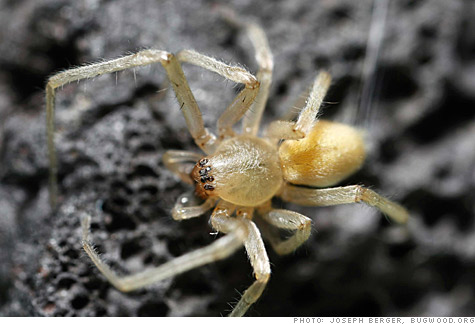
Görünüşe göre something in the Mazda 6 fuel line is warm and inviting for the yellow sac spider, enough so that they are building webs over the vent systems of the 4 cylinder vehicles (and not the 6!). The problem has been deemed a “spider infestation” by the car company, and the clogged vent lines then can lead to a cracked gas tank and the possibility of a fire.
“A certain type of spider may weave a web in the evaporative canister vent line and this may cause a restriction of the line”
So far only 20 cases are confirmed, but this problem is prolific enough that it has lead to a recall of over 52,000 sedans! I think it’s high time the major car companies hire entomology consultants – after all, my retainer would be a lot less than the cost of that recall…
I consulted with our resident team of arachnologists here at the DURUM, and the above image does appear to be a sac spider. It’s too hard to tell from the image, but it’s probably not an egregious taxonomic failure.
|
Şüphecilik
|














